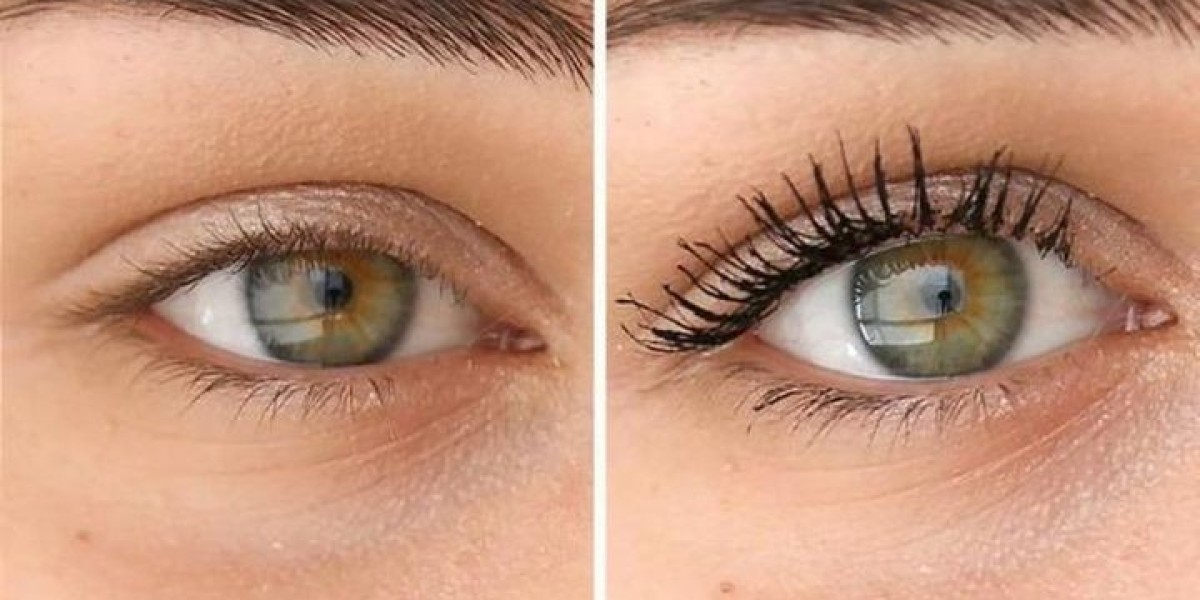Chewing represents one of the natural aspects of development for babies and toddlers, with oral-motor skill development, teething relief, and sensory exploration all in its purview. However, for many children on the autism spectrum, chewing continues long after toddlerhood. Instead, it may be used for self-regulation, comfort, or sensory stimulation. Parents are often left wondering why their children chew on clothing, toys, and even non-food items and how to best support them. Understanding chewing behaviors in autistic kids will help parents respond with patience and work toward practical solutions that improve safety and comfort.
Why Do Autistic Kids Chew?
Chewing behavior can appear quite strange or worrying to worried-looking parents-most often, however, these behaviors will have obvious reasons for being present. Amongst the more usual reasons are:
Sensory Processing Needs
The majority of autistic children experience differences in the way they process certain stimuli. Chewing provides powerful oral input, which can be soothing like rocking, hand flapping, or humming. Chewing therefore helps them modulate overwhelming sensations and become more centered.
Self-Soothing and To Calm Anxiety
Just as some nail-bite when anxious, chewing can provide comfort and work for releasing stress for autistic kids. Transition times, loud noises, and social pressures create a need for chewing as calming.
Focus and Attention
Some children chew as an aid to their concentration. The repetitive movement could be used to block distractions, especially if he is working on something at school or during therapy.
Medical or Developmental Reasons
In certain cases, chewing may relate to dental issues, nutritional deficiencies, or delayed oral-motor development. Parents should work to rule these out with their pediatrician or dentist.
Common Chewing Behaviors That Parents Observe
Parents might see their child:
- Biting their shirt collars or sleeves
- Chewing on pencils, toys, or other objects
- Gnawing on fingers or nails
- Mouthing non-food items (sometimes called pica)
- Chewing as the behavior of choice when stressed or excited
Some behaviors may be regarded as harmless; others may generate safety concerns or hygienic issues. Hence, supportive strategies need to be found.
Support Mechanisms for This Behavior for Parents
The goal is not to “stop” chewing in its entirety, but to redirect the behavior in safe and effective ways. There are a few practical measures parents can take.
1. Offer Safe Chewing Alternatives
Specialized chewelry (chewing jewelry made from food-grade silicone) or chew toys are perfect substitutes for clothing or potentially dangerous items. They are discreet and robust with a variety of textures to meet sensory needs.
2. Develop a Sensory Diet
Occupational therapists often recommend a ‘sensory diet’ – a diet tailored to provide a child with sensory input that he/she is craving for through the day. This may include heavy work activities, oral-motor exercise, or crunchy foods that provide a similar satisfaction to chewing.
3. Offer Oral-Friendly Snacks
Safe and healthy chewing through vegetables such as carrot sticks, apple slices, pretzels, and sugar-free chewing gum can serve as an outlet for chewing. These may be especially useful during times like when doing homework or during rides in a car during stressful outings.
4. Teach Coping Strategies
If chewing is associated with stress or anxiety, parents may want to teach alternative calming skills, such as deep breathing, squeezing a stress ball, or using a weighted blanket. Over time, the child may begin to lean less and less on chewing as their only coping mechanism.
5. Work With Therapists
Speech and occupational therapists can thoroughly assess oral-motor needs and implement individualized strategies. They may recommend exercises, safe chewing tools, or simply suggest some changes to daily routines.
When to Seek Professional Help
While chewing may be a benign means of self-regulation, situations may warrant professional help:
- Chewing persistently on unsafe items (rocks, plastic, or sharp objects).
- Aggressive chewing causing trauma to the gums, teeth, or lips.
- Excessive chewing related to pica (ingesting nonfood items).
- Chewing in conjunction with sudden behavioral changes.
Advice from a pediatrician, dentist, or occupational therapist can help establish the causes and offer individualized assistance.
Supporting Parents Along the Way
It is common for parents to have moments of worry and even frustration when they see their child chewing on everything that gets in the way. However, it is important to remember that chewing behaviors in autistic children are not “bad habits.” They are a type of communication. Chewing can mean, “I need help regulating my body” or “This helps me feel calm.” Parents can take chewing needs into consideration and respond with understanding, turning a difficult behavior into one for connection and support.
Final Thoughts
Chewing is more than just an eccentric behavior for many: it serves as a critical lifeline for autistic children trying to endure an often overwhelming world. With appropriate means, alternatives, and professional assistance, parents can protect both their children's needs and their own safety and development.
Instead of seeking to abolish chewing, consider it as an open window into your child's sensory world. Parents can harness compassion and creativity towards the issue and thereby allow their children to succeed, one chew at a time.







